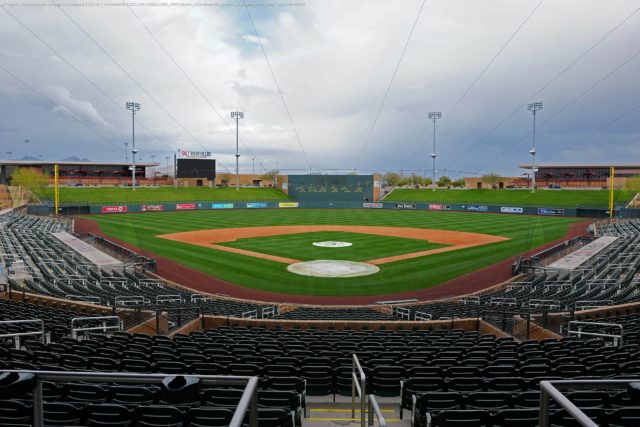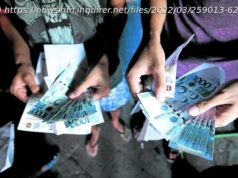Major League Baseball may have reached a deal with players, and saved the full season, but several sticking points remain.
Major League Baseball Commissioner Rob Manfred flashed a massive smile on Thursday evening when he announced the return of baseball. After nearly 100 days of an owner-imposed lockout, MLB agreed to a new five-year collective bargaining agreement with the MLB Players Association on Thursday. In the deal, players will see increased minimum salaries and a $50-million bonus pool for young players. Owners are get an expanded 12-team postseason and jersey patches that create new revenue. But most importantly – MLB will play a full 162-game schedule after the Manfred, and team owners played the “deadline” strategy and initially threatened to cancel games and not pay players. “The way the process of collective bargaining is designed to work under the stature – it’s really driven by two things,” Manfred said. “Time and economic leverage. No agreement comes together before those two things play on in a way that you find common ground. I think we made an agreement when it was possible to make an agreement.” However, despite the agreement and the full season staying intact, MLB’s business may have suffered some damage. MLB teams missed their selling season Former MLB executive Marty Conway followed baseball’s ninth work stoppage since it commenced last December. He labeled talks a “vicious negotiating period” for MLB and players. Conway said the league would need to repair its image, especially in smaller markets. “These periodic airing of the grievances weighs on that [MLB’s image],” Conway said. “For whatever reason, baseball has chosen to expose their inter-workings more than the NBA and NFL,” he added. “And it’s hurting.” Conway, now a sports management professor at Georgetown University, said MLB clubs also missed its “selling season.” It’s when clubs promote new players, the 2022 schedule, ticket packages and stay engaged with season-ticketholders for renewals. During the pandemic, MLB said 40% of its $10 billion business is tied to attendance, which has been falling over the years. MLB drew a total of 45.3 million fans last season, partly due to restrictions around the pandemic. That was down from 68.5 million in the pre-pandemic 2019 season. MLB’s record high for attendance was 79.5 million fans in the 2007 season. While MLB was wrapped up in labor talks, the consumer price index increased, Russia started a war in Ukraine, and gas prices surged. That means small-market and non-competitive MLB clubs could especially be hurt if cash-strapped fans can’t pony up the money to pay for tickets. The selling season might have helped alleviate this potential problem. “It’s very important,” Conway said. “The day after the previous season, you want to message to your fans not only what the schedule is, ticket prices, and season-ticket packages. That selling season is essential.” He added: “There’s going to be some markets where the bounce will be quick – Los Angeles, New York – but there are also a lot of markets – Baltimore, Tampa, Miami – they had a whole winter where they haven’t been able to capitalize on the selling of the season.
Home
United States
USA — Financial MLB dodged a disaster by agreeing to end the lockout, but other...






